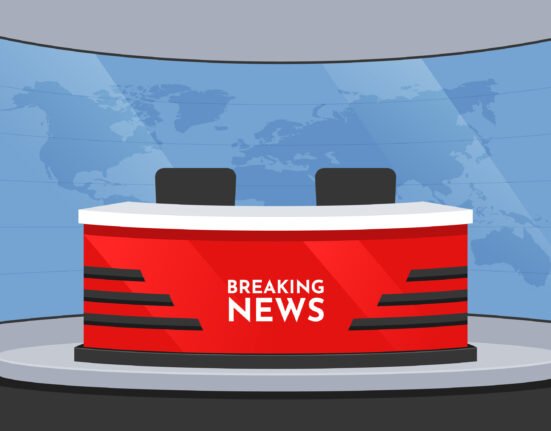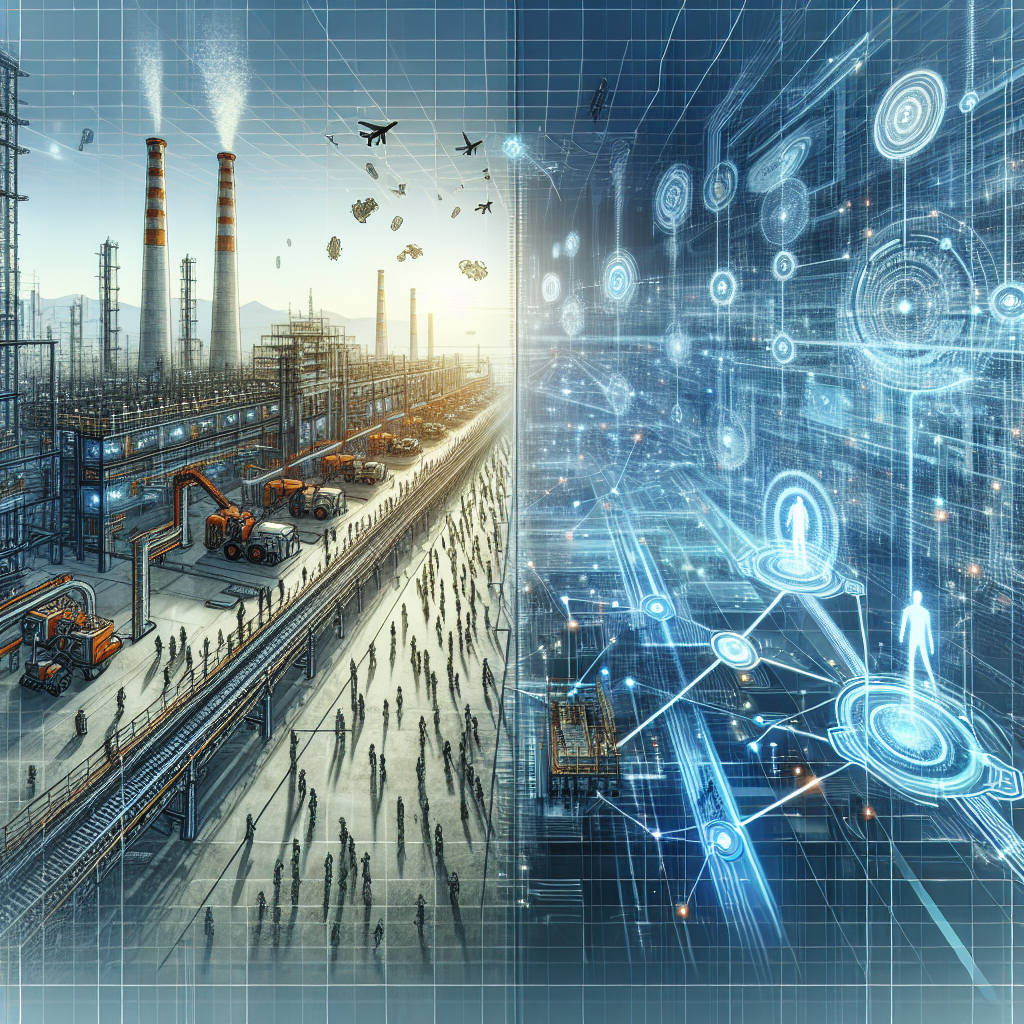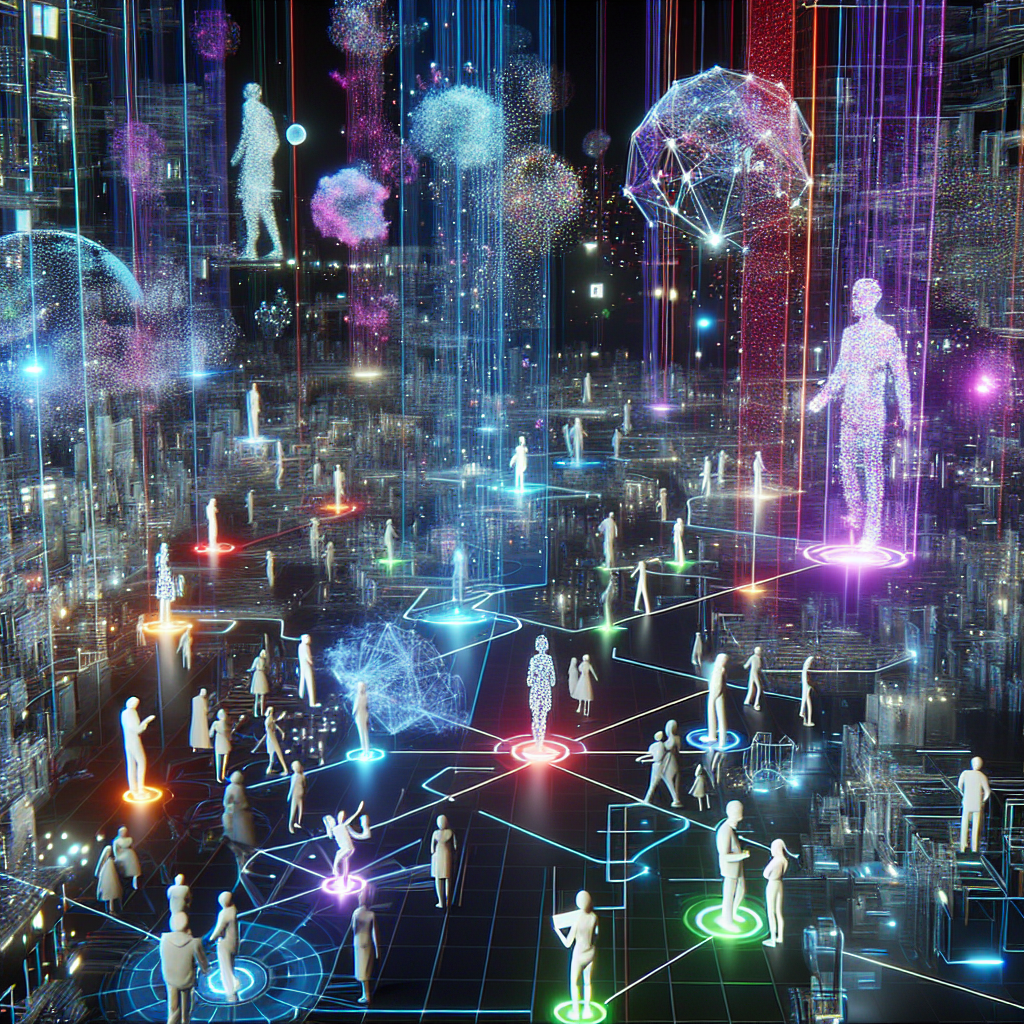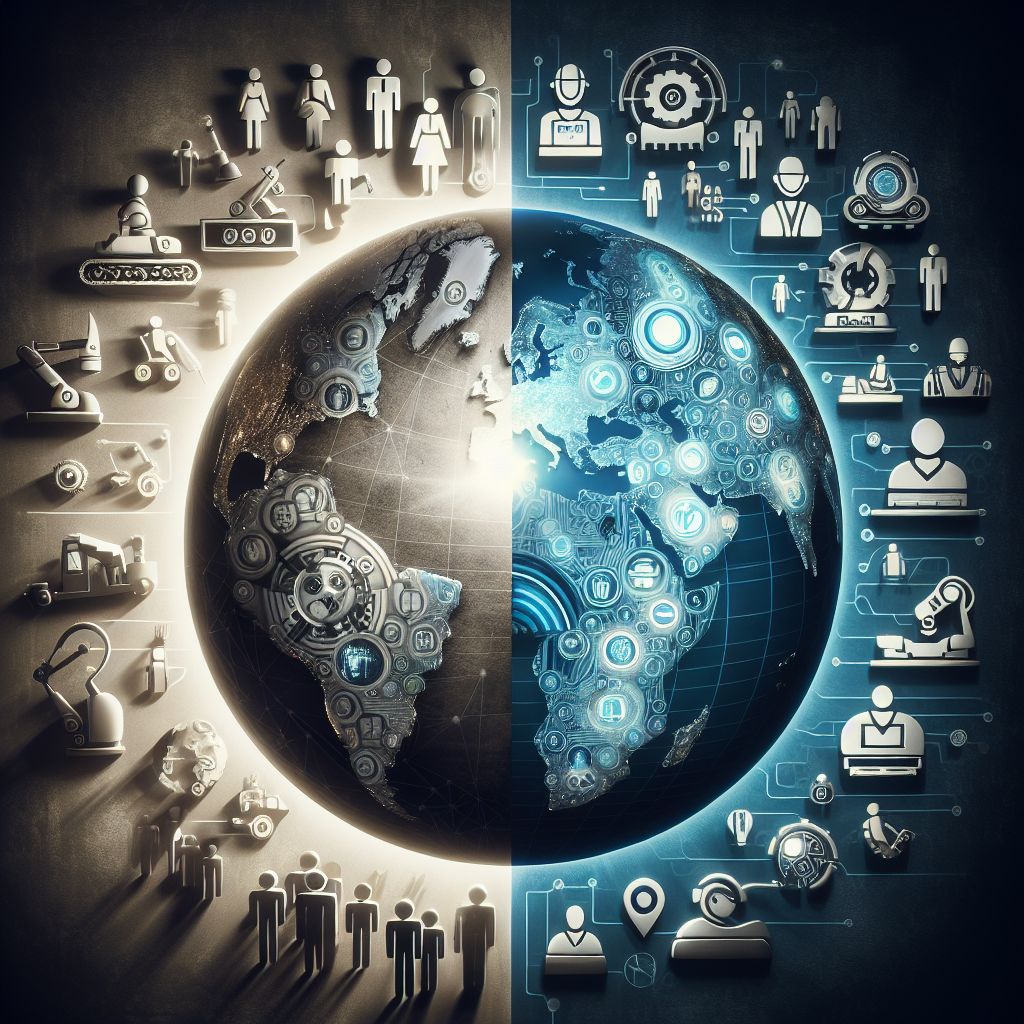Digital Twins: The Future of Real-Time Simulation and Management
In the ever-accelerating realm of technology, the concept of Digital Twins stands out as a revolutionary breakthrough, poised to redefine multiple industries. Digital Twins refer to highly complex digital representations of physical objects, systems, or processes. By leveraging real-time data and advanced analytics, Digital Twins facilitate unprecedented insights and interactions with their real-world counterparts. As businesses and industries continue to evolve, the application of Digital Twins is becoming increasingly essential for enhancing efficiency, reducing costs, and driving innovation.
What Are Digital Twins?
At its core, a Digital Twin is a virtual model, exact in every detail, of a physical entity. This model collects and analyzes data from sensors embedded in the physical object, ensuring it continually evolves and adapts in synchrony with its real-world twin. The synergy between the physical and digital realms enables an intricate loop of information and insights, creating a cohesive system where both components benefit mutually.
The Building Blocks of Digital Twins
-
IoT Sensors: Internet of Things (IoT) sensors play a crucial role in capturing real-time data from physical entities. These sensors record various metrics such as temperature, pressure, motion, and many more, feeding the Digital Twin with dynamic updates.
-
Big Data: Big Data platforms aggregate and process vast amounts of information. The compatibility of Digital Twins with Big Data allows for advanced data analytics, fostering deeper understanding and predictive modeling.
-
Machine Learning and AI: Artificial Intelligence (AI) and Machine Learning (ML) algorithms analyze data to identify patterns, predict outcomes, and recommend optimizations. These tools empower Digital Twins with the capability to make decisions and autonomously improve system performance.
- 3D Modeling and Simulation: High-fidelity 3D models offer a visually accurate and interactive representation of physical entities. Simulation environments allow users to explore different scenarios and test variations without any risks to the actual object or system.
Applications Across Industries
Manufacturing: Digital Twins have revolutionized manufacturing processes through predictive maintenance, quality control, and production optimization. For example, automobile manufacturers can use Digital Twins to simulate the entire lifecycle of a vehicle, from design to post-sale service, ensuring reliability and performance at every stage.
Healthcare: In healthcare, Digital Twins of patients can create personalized models that predict disease progression and response to treatments. This individualized approach can revolutionize patient care, allowing for more precise and effective medical interventions.
Cities and Infrastructure: Smart cities harness Digital Twins to manage urban infrastructure, optimize traffic flow, and enhance public services. By simulating city landscapes, planners can address potential issues before they emerge, leading to more efficient use of resources and improved quality of life for residents.
Energy Sector: Digital Twins are pivotal in managing and optimizing energy resources. Wind farms, for instance, can use Digital Twins to predict maintenance needs and optimize turbine performance, leading to increased energy production and reduced downtime.
Aerospace: The aerospace industry uses Digital Twins to monitor and manage aircraft systems in real-time. By predicting potential failures and optimizing performance, airlines can ensure safety, reduce operational costs, and improve passenger experience.
Future Prospects
The future of Digital Twins seems boundless, with advancements in AI, IoT, and data analytics continuously pushing the envelope. The integration of Digital Twins with other emerging technologies like 5G, blockchain, and edge computing could further expand their capabilities. As industries increasingly recognize the value of Digital Twins, their adoption will likely soar, driving innovation, efficiency, and sustainability to unprecedented levels.
In conclusion, Digital Twins represent a paradigm shift, blending the physical and digital worlds in ways previously unimaginable. By enabling real-time simulation, monitoring, and management, Digital Twins hold the potential to transform not just individual businesses, but entire industries and societal frameworks, ushering in a new era of technological prowess and operational excellence.














Leave feedback about this
You must be logged in to post a comment.